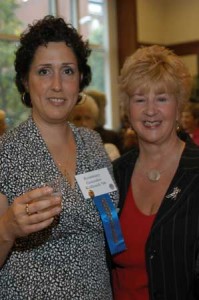
Anyone who knows me, knows that I am interested in palliative and hospice care. They would also know that spirituality, particularly krishna bhakti-yoga (the Hindu spiritual path that fosters love and devotion to Lord Krishna), or Gaudiya Vaishnavism, is an integral part of my life. So what could be more perfect than to visit Bhaktivedanta Hospice, a spiritual hospice in Vrindavan, India, the birthplace of Lord Krishna, during my winter break?
After experiencing a share time at an in-patient hospice here in the United States, as well as being a hospice volunteer and witnessing different hospices and their standards of care, it has become my dream as a nurse to start a hospice in the West with a strong spiritual focus. I emailed Dr. Avnish Panday (aka Ananta Simha Das), a palliative care physician and medical director of Bhaktivedanta Hospice (BH), before embarking on my winter break sabbatical to arrange a meeting. The intention of my visit was to find how the hospice works, what makes it different, and for curiosity’s sake, to learn a little bit about the Indian healthcare system.
When my partner and I arrived at BH, Dr. Panday was just on the brink of conducting his rounds. What fortune! I was more than eager to jump right in and view the patient care firsthand.
We climbed the stairs to the second level, where the general patient rooms were. There were three (Or four? My memory escapes me) beds in each room, which were large, clean, well lit, and open. Dr. Panday did his rounds; I will say that his assessments were nothing spectacularly different than one might see in the West. He assessed them, asked them questions, and prescribed some medication. There were a couple of cancer patients, an AIDS patient, and a man I wasn’t entirely clear on his diagnosis, but he was very weak and frail, and he had a large family there with him. The only main difference was that the rooms were completely open, with several patients (and families) listening in on each others’ medical conversations. HIPAA does not exist here.
I had the opportunity to ask the patients how they liked the patient care, and they all had positive things to say. They all expressed immense gratitude for the service that BH provides them. All were locals except for one Westerner from Europe, who seemed very eager to speak to me; I imagine it must have been difficult for him to be in a facility where not many people spoke English.
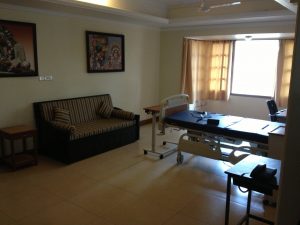
I learned that there are a total of 30 beds, but only 7 were being occupied during the time of my visit. There are three levels: the ground level has offices, the temple room, and the common areas; the first level is where the private rooms are; and then the second level is for general occupancy. Just like in the U.S., patient can get a hospice diagnosis if they are deemed to have six months left to live. The hospice was built originally with Westerners in mind, but it turns out that the facility has become more of a palliative center for local Vrindavan villagers, as well as an outpatient facility for the local Western monks who live near the hospice. The healthcare team does a lot of home care; I was told because of the village culture, the majority of patients prefer to stay at home and only occasionally come to the hospice for pain medicine or if their situation is really bad. Therefore, there is a lot of going out in the field (figuratively and literally).
The hospice is completely funded by a larger hospital near Mumbai (Bombay), Bhaktivedanta Hospital. All local patients receive services for free; they just pay for medication. If they can’t, however, they are not turned away.
I was especially interested to hear how BH incorporates spirituality into its care. According to Dr. Panday, spiritual care is provided to all. Patients are given prasadam, or blessed food, irregardless of their faith. Although it is technically a Hindu hospice, anyone from any faith can come, but they must abide by the pure vegetarian diet. Once a week all the employees attend a Bhagavad-Gita or Bhagavat Purana class (this could be likened to going to Bible study once a week). Daily, employees chant together a set of eight prayers called the Sikshastakam prayers, as well specific prayers to Lord Narasimha, the half man-half lion incarnation of Vishnu, for blessings and protection. They also daily offer flowers to a statue of Swami A.C. Bhaktivedanta, the spiritual teacher and founder of the organization that supports this hospice (and from where the hospice’s name comes). The Krishna maha-mantra resounds throughout the halls of BH, imbibing a soothing, spiritual energy for all. All employees are favorable to Gaudiya Vaishnavism.
There is a full-time chaplain called Priti Radhika Dasi, who came to work at BH from Mumbai (likewise for Dr. Panday). She kindly sat and talked with us for a good while. She gave me the insider view of what life is like as a chaplain. She said that it is their job to encourage spirituality and faith to anyone, not just for Hindus. Priti Radhika gave me a copy of the spiritual counselor notes, which includes questions such as spiritual beliefs, spiritual complaints, is the disease prognosis revealed to the patient, patient’s desire to be fulfilled, end-of-life care plan, specific Hindu rites requested, etc.
Overall, my visit was informative, and I fulfilled the intention of my visit. I learned a bit about how Bhaktivedanta Hospice works. I learned that the village setting dictates a lot of what type of care is needed. I did not learn a ton about the Indian healthcare system, however. That may be for another visit.
My take-away message is that my dream of opening a spiritual hospice in the West may prove to be more difficult that I had initially imagined. Dr. Panday told me that that despite the construction of this hospice, which was intended for the Western Hindus to come so that they can pass on in a holy site, what matters most to people is that they are near friends, family, and loved ones when that important time comes. No one wants to die alone far away from the people they know. So this amazing 30-bed facility is unfortunately often more than half empty.
I am happy to have visited this hospice. I learned I will have to be more all-inclusive in my admission criteria concerning religion or no religion (not that I was ever discriminatory). The basic requirements would be that the patient (and family) has some iota of spirituality and would be open to being in an environment that fosters spiritual life first and foremost (e.g., no televisions blasting soap operas). Also, the patient would have to be open to eating vegetarian food (which would be fresh and organic, of course!).
There is a small handful of people I am getting in touch with here in the United States who are interested also in developing care for Hindus. Most of them seem to be involved in the chaplaincy side, with one palliative care doctor in Ohio and a retired nurse in Florida. My main concerns that now come to mind are where would I have this hospice, and how would it be funded? Well, I will cross that bridge when I get to it; I am only just getting ready to graduate and figure out how to get my first job! However, this is a wonderful goal and dream to look forward to.
 Global Service Learning: Guatemala
Global Service Learning: Guatemala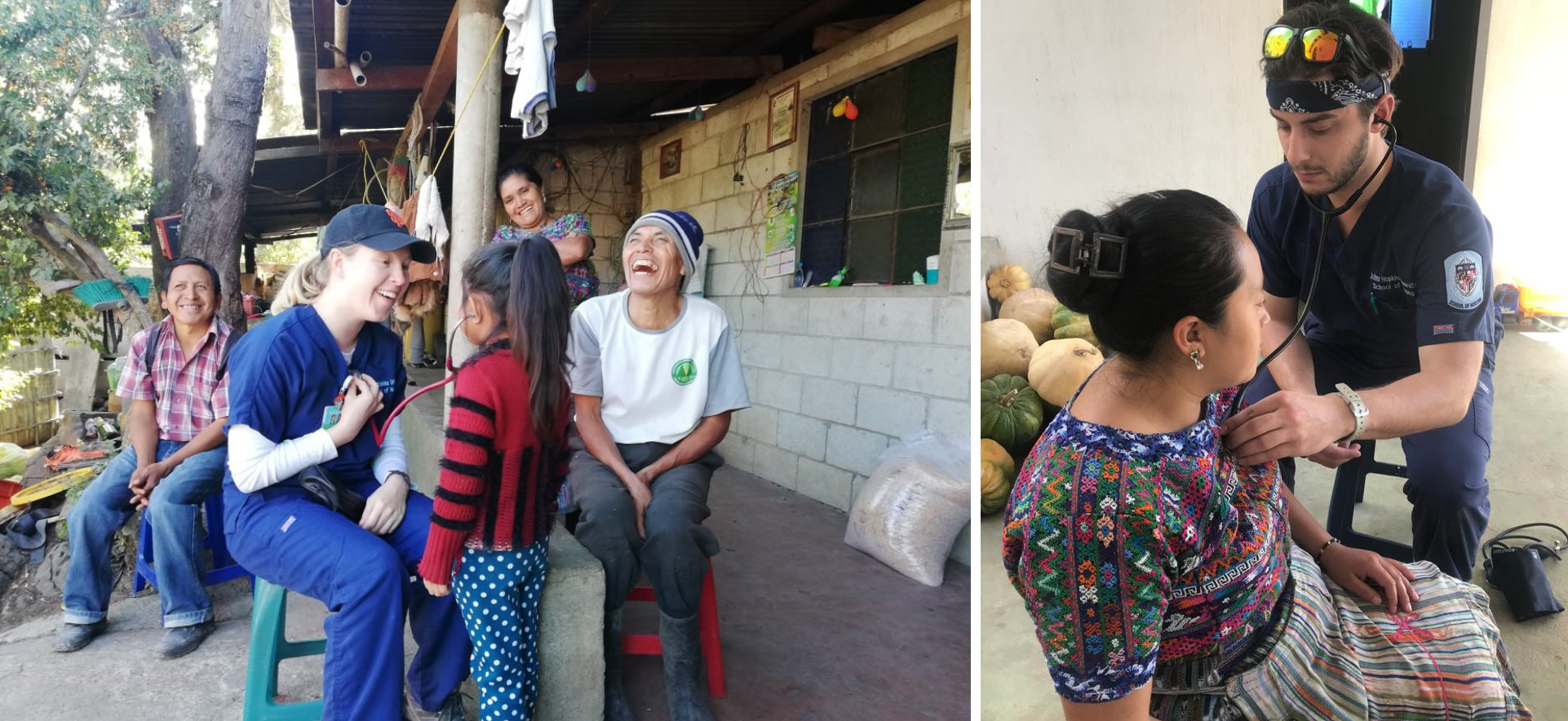 Guatemala Re-visited: Rainwater Project Shows Value of Service-learning Trips
Guatemala Re-visited: Rainwater Project Shows Value of Service-learning Trips You’re Welcome
You’re Welcome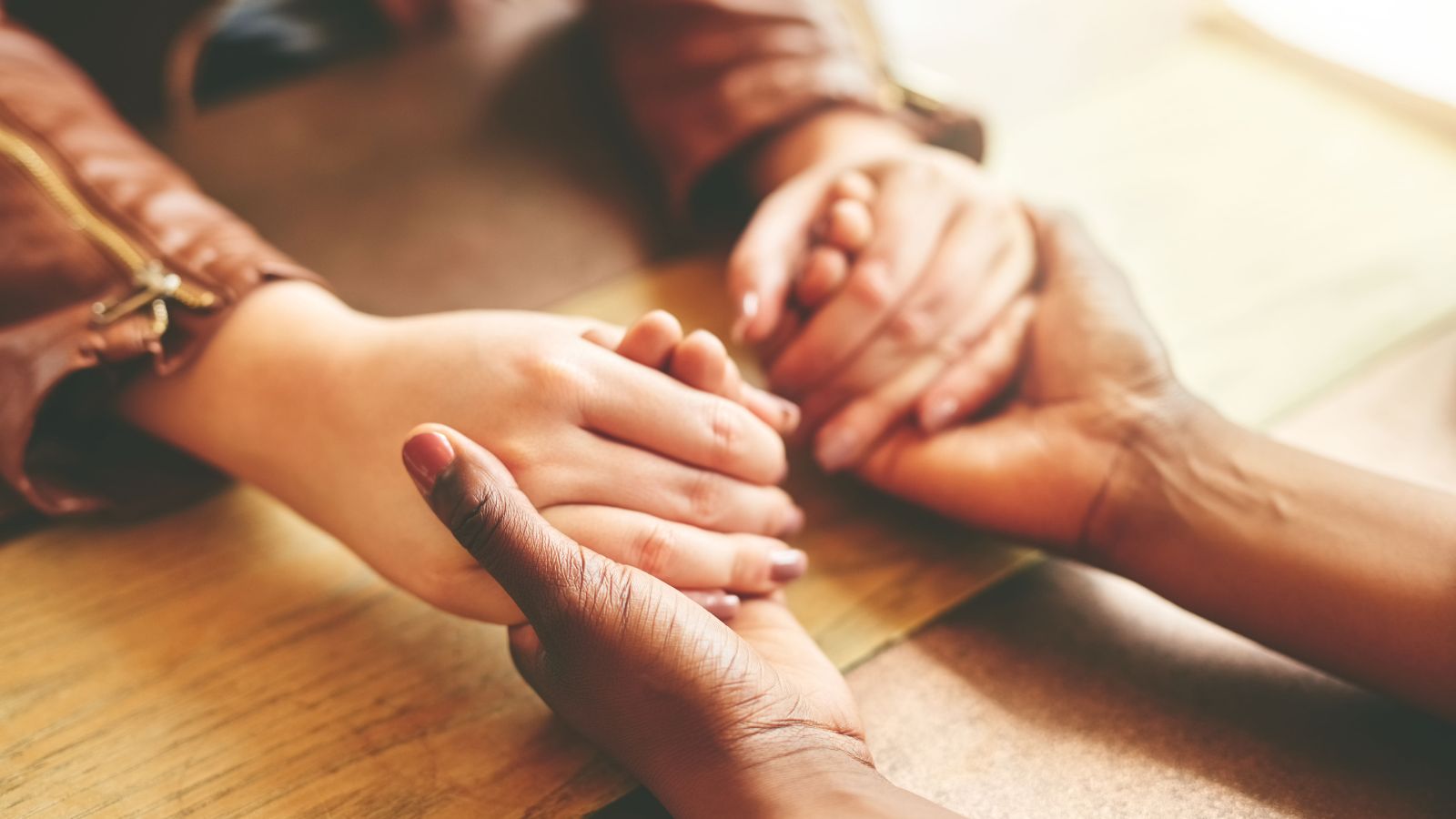 My First Teachers in Nursing School Weren’t Nurses
My First Teachers in Nursing School Weren’t Nurses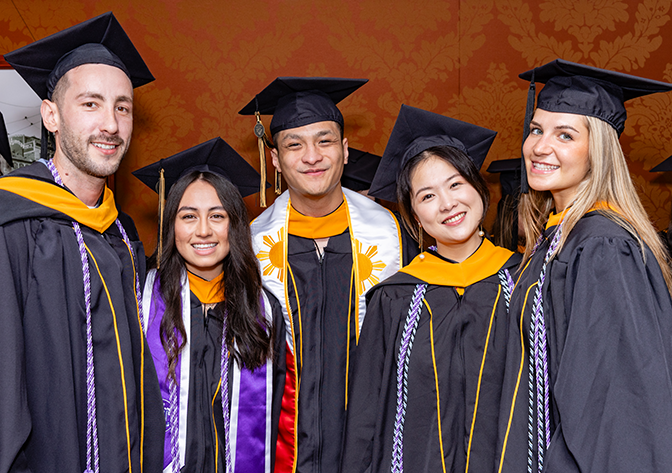 Awards for Diversity
Awards for Diversity






